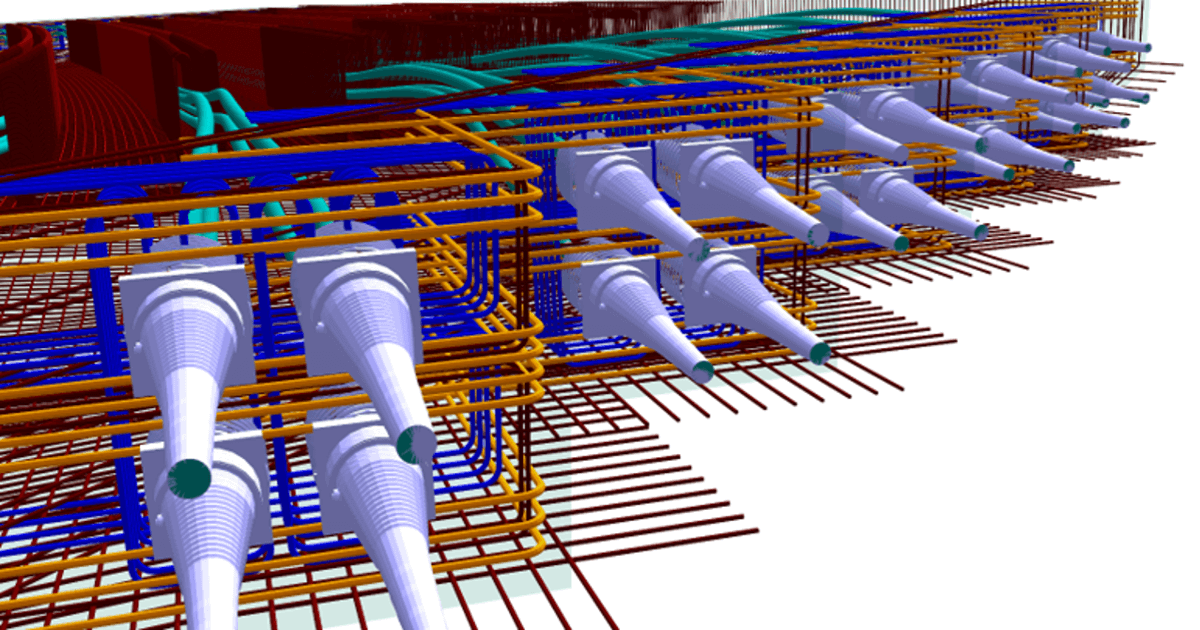Is a digital twin the next evolution of Building Information Modeling (BIM), or a separate tool used for facilities management? For many, it depends on your point of view – some stakeholders view a digital twin as a predictive model, such as architects, engineers, and contractors. Others use a digital twin as a descriptive model – an exact digital copy of the asset – such as owners and facilities managers. However, in practice, if a digital twin is the sum of all the past, present, and future information of a building or asset, then it is actually both of these things.
Digital Twins as Predictive Models
Using a model-based working method such as BIM will contribute to the creation of a digital twin if done correctly. A digital replica of the completed structure is created, and information is added to the model – such as product data and performance information. A digital twin enables architects, engineers, and contractors to prototype all phases of the construction, from the initial planning through to the construction and handover to operation. This helps better understand the future – how the building will look, feel, and operate, how it can be constructed, and when it will need maintenance, all while considering time and cost aspects long before the building exists. Thus, prior to the completion of the asset, the digital twin is a predictive model, consisting of the building site and local conditions.
Digital Twins as Descriptive Models
After completion, the digital twin is more of a descriptive model – it shows how the building is built and how the asset is performing. It contains a wide range of information about the asset, such as plans, documents, product data, point clouds, contracts, ground conditions and geoinformation data. But it is not dead. Linked with operational data supplied by mobile systems and installed sensors it can show us how the real building is performing and helps to predict and plan maintenance activities. With the rise of autonomous buildings, increasingly more data will come direct from the building itself. Together, the asset and its digital twin combine to provide an improved service for the users, which is of interest to owners and operators.
Breaking Down Silos
Digital twins can add value by breaking down the traditional information silos that have typically characterized construction projects. At the moment, there are a range of different information sources about a building or structure, all stored separately with each stakeholder. The amount of information that is created or generated about a project is also growing as a result of digital working methods like BIM. With a digital twin, this information becomes accessible centrally, with the value of the digital twin increasing with every piece of data that is added or source that is linked. As artificial intelligence develops, this value might increase significantly as the ability to identify and predict behavior and issues becomes easier.
Digital twins bring the information we create about construction projects to life, as opposed to just a 2D drawing or a graph on a dashboard. They give the information context and make it accessible to anyone who needs it. The result is improved information management, which leads to data-driven decisions and better outcomes for the whole supply chain. There are people that expect BIM-models will be replaced by point clouds in the operation phase of the building as they are cheaper to keep up to date than BIM Models. As point clouds only show the visible part of a building and the invisible part with all of its technology is the far more interesting information in building operations, BIM models created in the design process will be the better alternative. At least as long as sensors are blind to embedded components.
As to whether they will replace BIM, it is likely that while the two will become increasingly integrated, the differences between the two stakeholder perspectives mean there is likely to be a distinction made between them for some time – even if they are fulfilling the same role.






